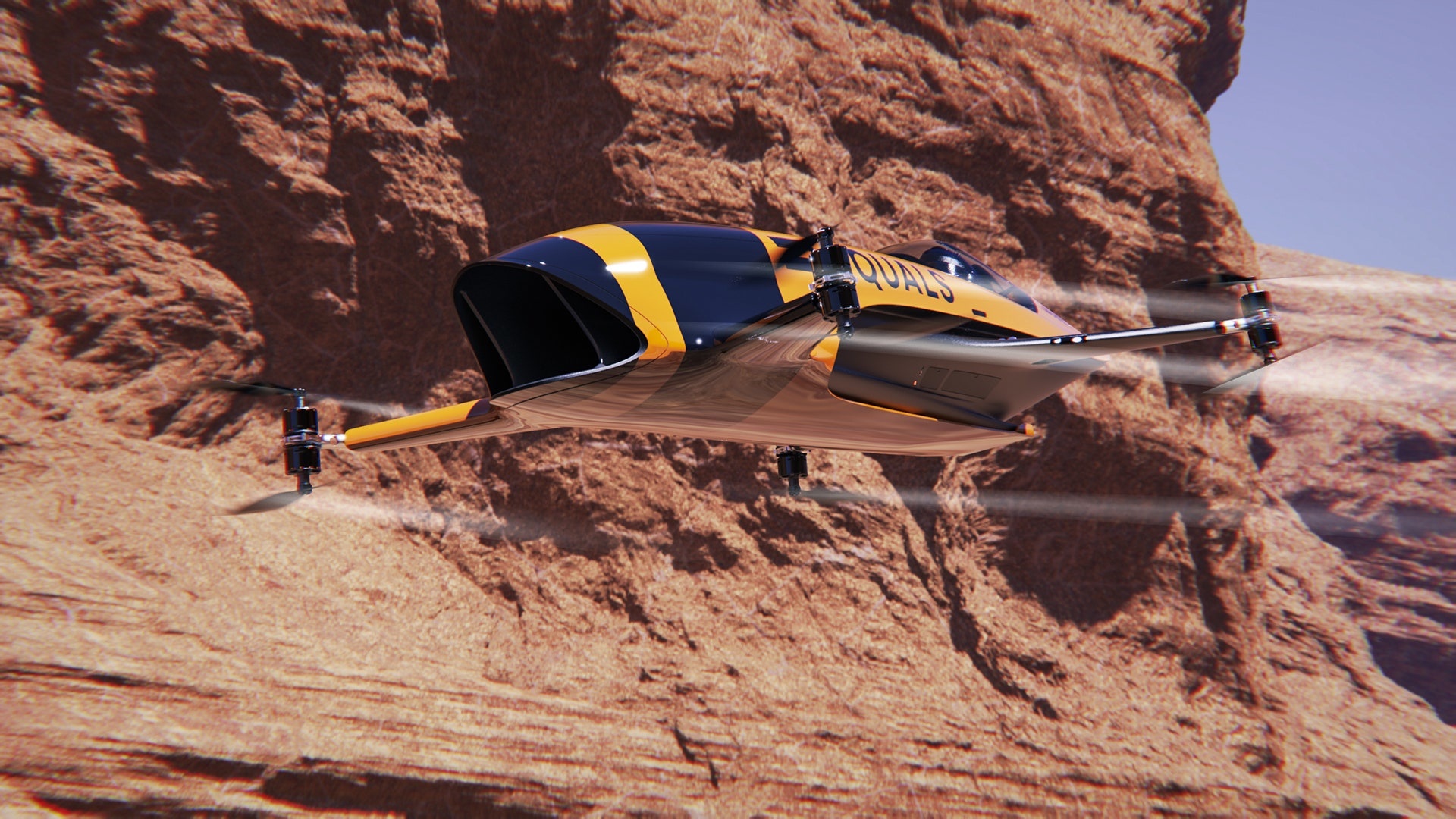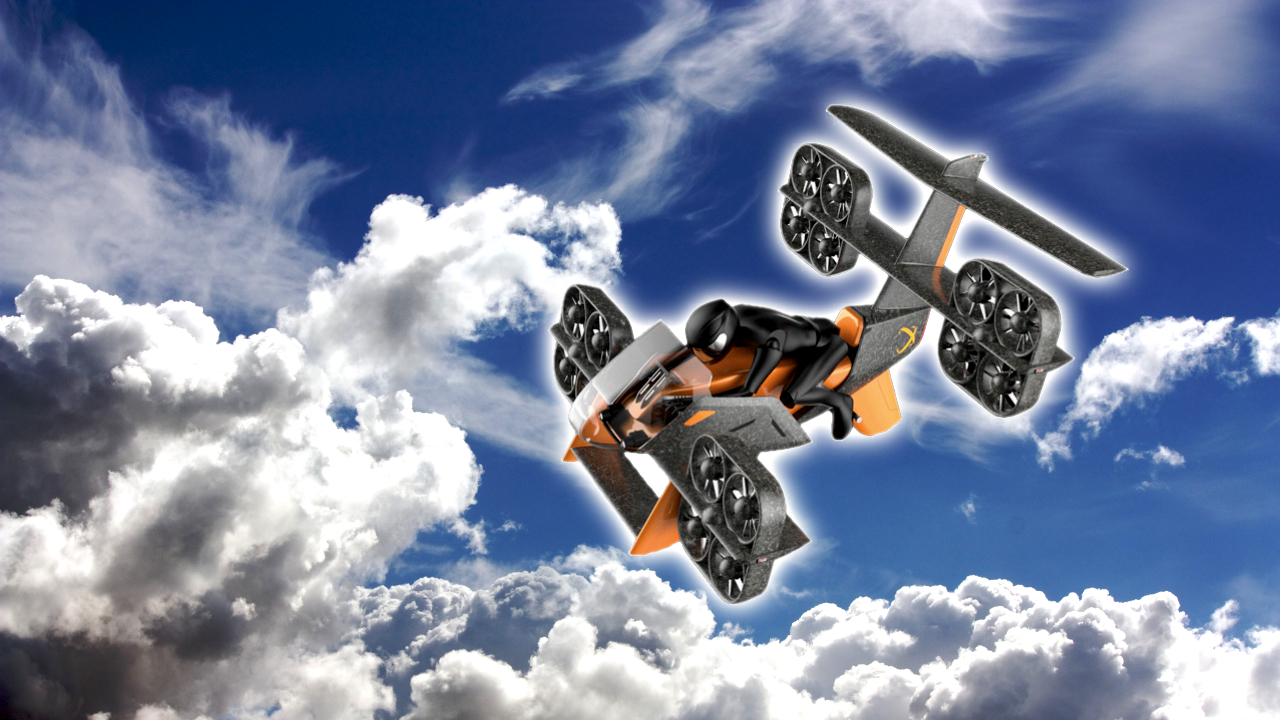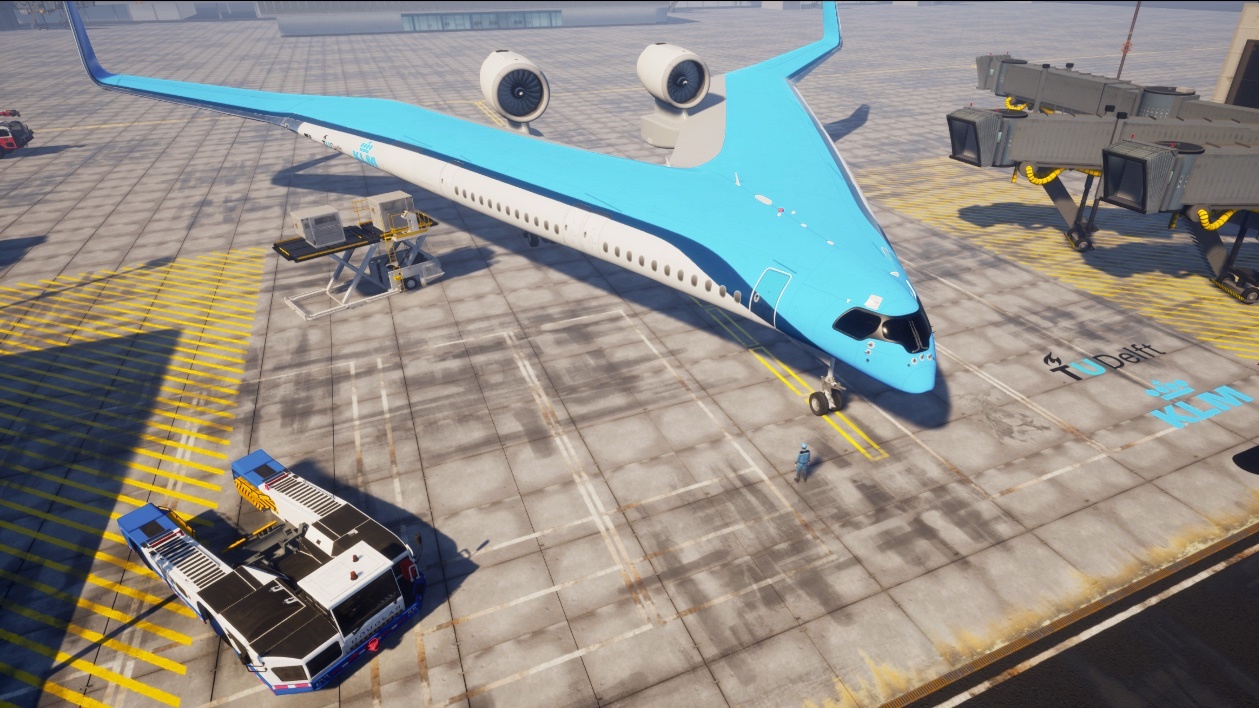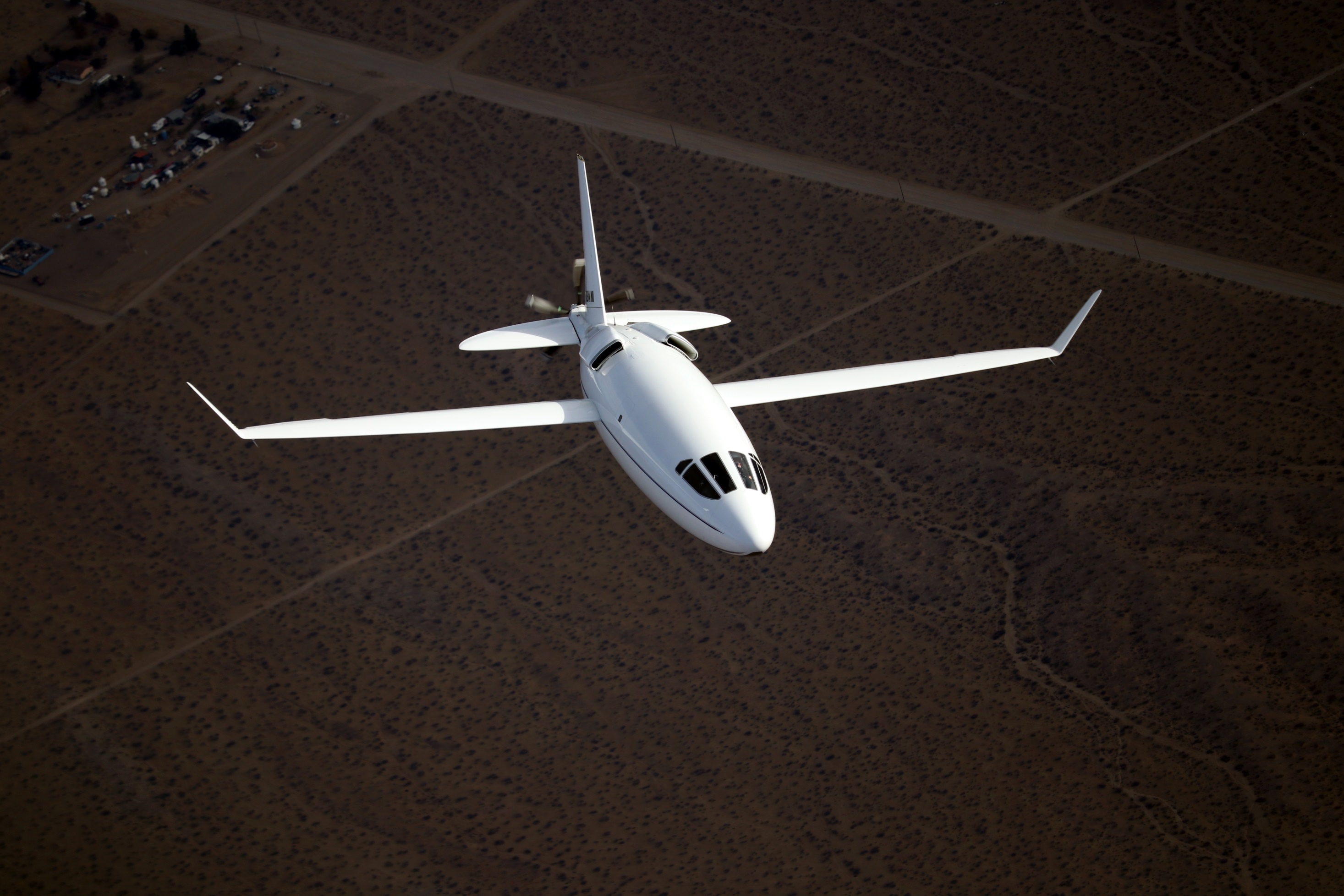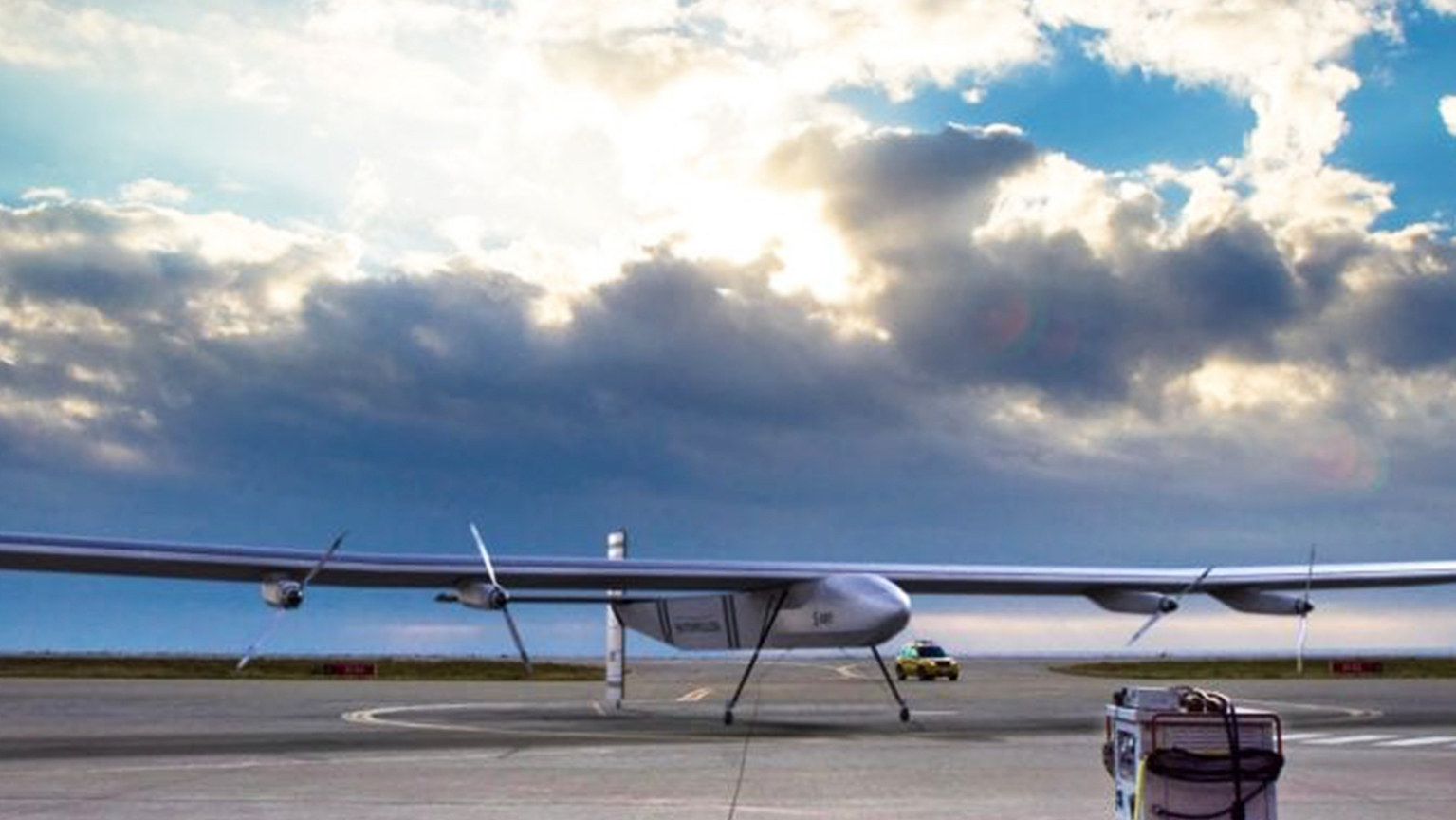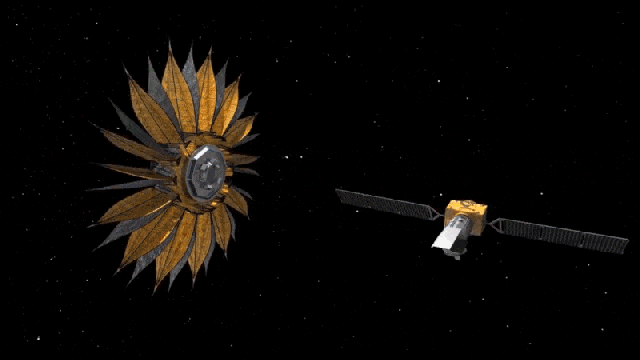Flying cars: coming soon to your city?

- Self-driving vehicles are already being tested on our roads. Soon, “flying cars” may be joining them.
- The biggest hurdle is battery technology, which needs to improve in order for urban aircraft to take off.
- The future is much closer than you might think.
Companies creating flying electric taxis are attracting a lot of attention in Silicon Valley these days. But are their nascent lithium-ion powered aircraft actually viable, or are they simply the latest overhyped fad for techno-optimist venture capitalists to sink their copious cash into?
A recent report from engineers at Carnegie Mellon University, published in the Proceedings of the National Academy of Sciences, finds that battery-powered urban aircraft are well within the bounds of technological reality and could appear in everyday life surprisingly soon.
Co-authors Shashank Sripad and Venkatasubramanian Viswanathan are likely entranced by the notion of flying cars, along with many others excited for future science and technology. But, as scientists, they must temper their optimism with evidence-based skepticism.
Flying cars or taxis, which take the form of electric vertical take-off and landing (eVTOL) aircraft (essentially a mash-up of a helicopter and a plane) have a key hurdle they must overcome: battery technology. In particular, the specific power and energy of lithium-ion batteries needs to increase. Specific power is how much power a battery can deliver at a certain weight. Specific energy is how much energy a battery can hold at a certain weight. A flying taxi’s battery must be able to deliver a lot of power (because flight is energetically demanding) and a fair amount of capacity (so the craft can stay in the air over a reasonable distance and land safely). The heavier the battery, the harder it is for a flying taxi to take off and stay aloft.
It’s all about the batteries
So how are batteries doing these days? According to Sripad and Viswanathan’s analysis, current lithium-ion batteries are capable of powering one flying taxi already. Archer Aviation’s Maker aircraft can cruise at 150 mph with a 60-mile range. The duo also identified prototype battery designs developed recently or in-use for select high-performance applications that are suitable for Kitty Hawk’s plane, the Heaviside, which can travel at 180 mph with a 100-mile range. Advanced designs not yet commercially available will open the door to more electric flying taxis with greater speeds and longer ranges.
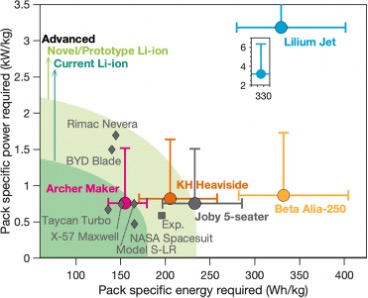
The bottom line is that better lithium-ion batteries are coming, which will make electric urban aircraft technologically viable on a wide scale. As a bonus, Sripad and Viswanathan also found that small taxis like Archer’s Maker, Kitty Hawk’s Heaviside, or Joby’s 5-Seater are more energy efficient than internal combustion engine cars, and some will even top electric cars, especially over longer distances with more passengers.
“The promise of EVTOL aircraft achieving higher energy efficiencies than equivalent terrestrial alternatives at faster travel times signals enormous implications for the emission intensity and sustainability of urban transportation,” they write.
Dude, where’s my flying car?
So, the future of urban electric air taxis is bright from a technological standpoint. What remains to be seen is how things will shake out in terms of regulation, infrastructure, and cost. The Federal Aviation Administration is not expected to approve an air taxi until 2024 at the earliest, and then governments will need to determine when, where, and how they can fly, particularly in large cities. Advanced, automated, air traffic control systems will be needed as more taxis take to the air, along with infrastructure so that they can take off and land at numerous desired locations. All of this will cost money, and that’s before businesses and individual consumers consider the cost of purchasing an aircraft or merely flying in one.
Whether on the ground or in the air, it increasingly seems that the future of urban transportation is electric.
